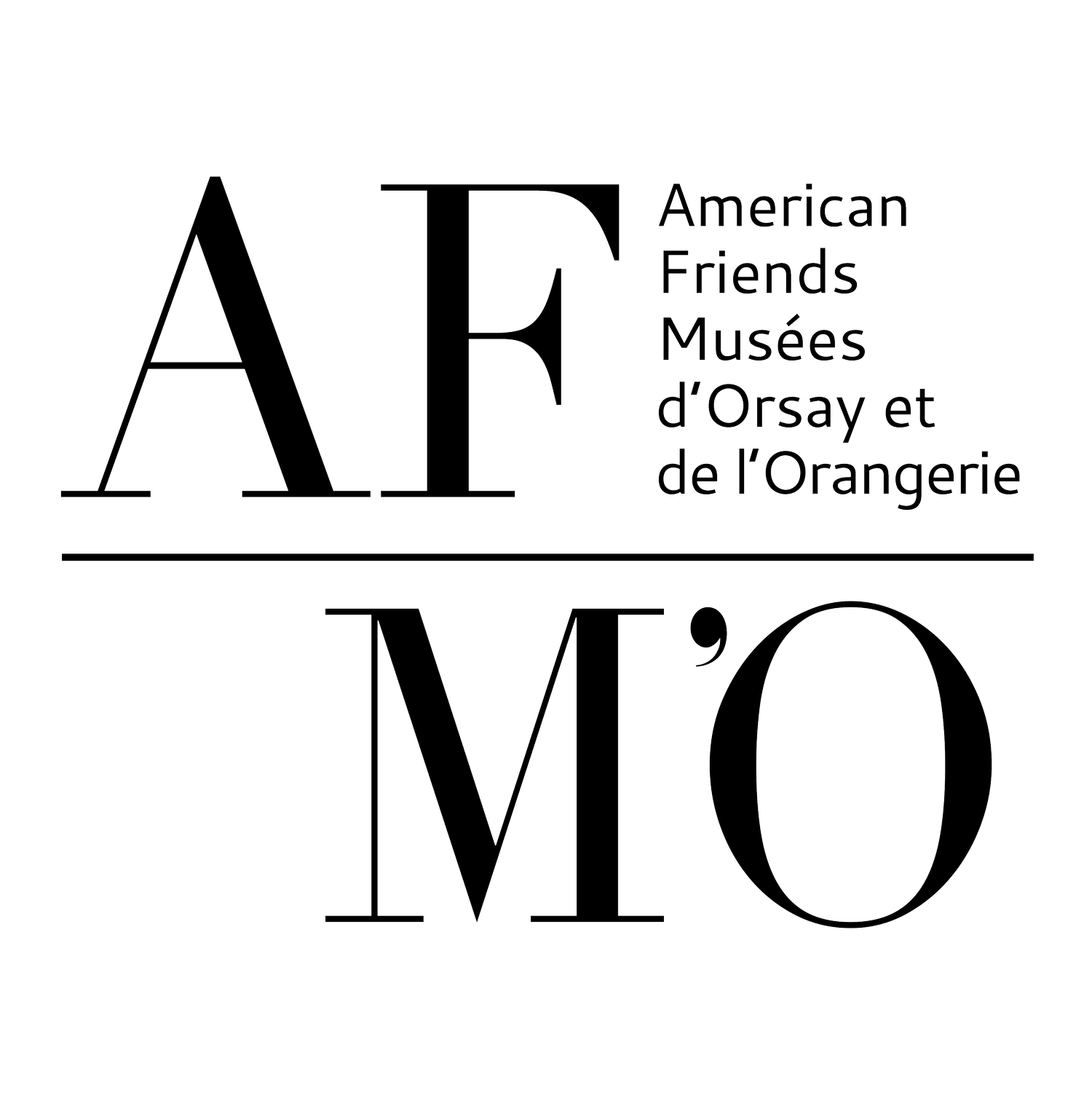Having emerged out of the ashes of war and revolution in 1871, the French Third Republic turned out to be, beyond all expectations, a resilient regime lasting much longer than most post-revolutionary French governments, until its final collapse at the opening of the Second World War in 1940.
Young and fragile in its first two decades it had to affirm itself and its legitimacy and one way of doing so was by creating a new historical mythology based on its vision of « la nation », the French Revolution of 1789 and its imagined roots in all periods of French history. Art, sculpture and architecture contributed largely to this endeavor and provided the young regime with the imagery and symbolism that in many ways survives in modern France to this day.
Art historian Chris Boïcos will guide us through an in-depth study of the visual symbols of the Republic, particularly in Paris. We will see how monuments and historical figures of the past were smoothly absorbed into the iconography of the new regime by its official painters, sculptors, and architects: Pierre Puvis de Chavannes, Alfred Roll, Léon Bonnat, Jules Dalou, Léon Lhermitte, Auguste Bartholdi (creator of the Statue of Liberty of New York), Gustave Eiffel, and Gabriel Davioud among others.
We will also see how the modern schools of the period responded to and sometimes undermined the artistic and cultural politics of the Republic by creating alternative styles or iconography - Monet, Seurat, Signac, Maximilien Luce, and Rodin being among the most prominent examples of this reaction.
Every month, on the third Saturday, Christophe Boïcos and Anne Catherine Abecassis take turn and host a conference, followed by a short Q&A session. The conference will be recorded live, and available online for one month.
Starts at 5:00pm (CET) / 11:00am (ET) / 8:00am (PT) - available on replay for one month
All invitations are personal and non-transferable.
Credits: Statue of Liberty, 1884 © Musée Bartholdi-Colmar; Georges Seurat, La Tour Eiffel c. 1889, San Francisco, Legion of Honneur Museum
